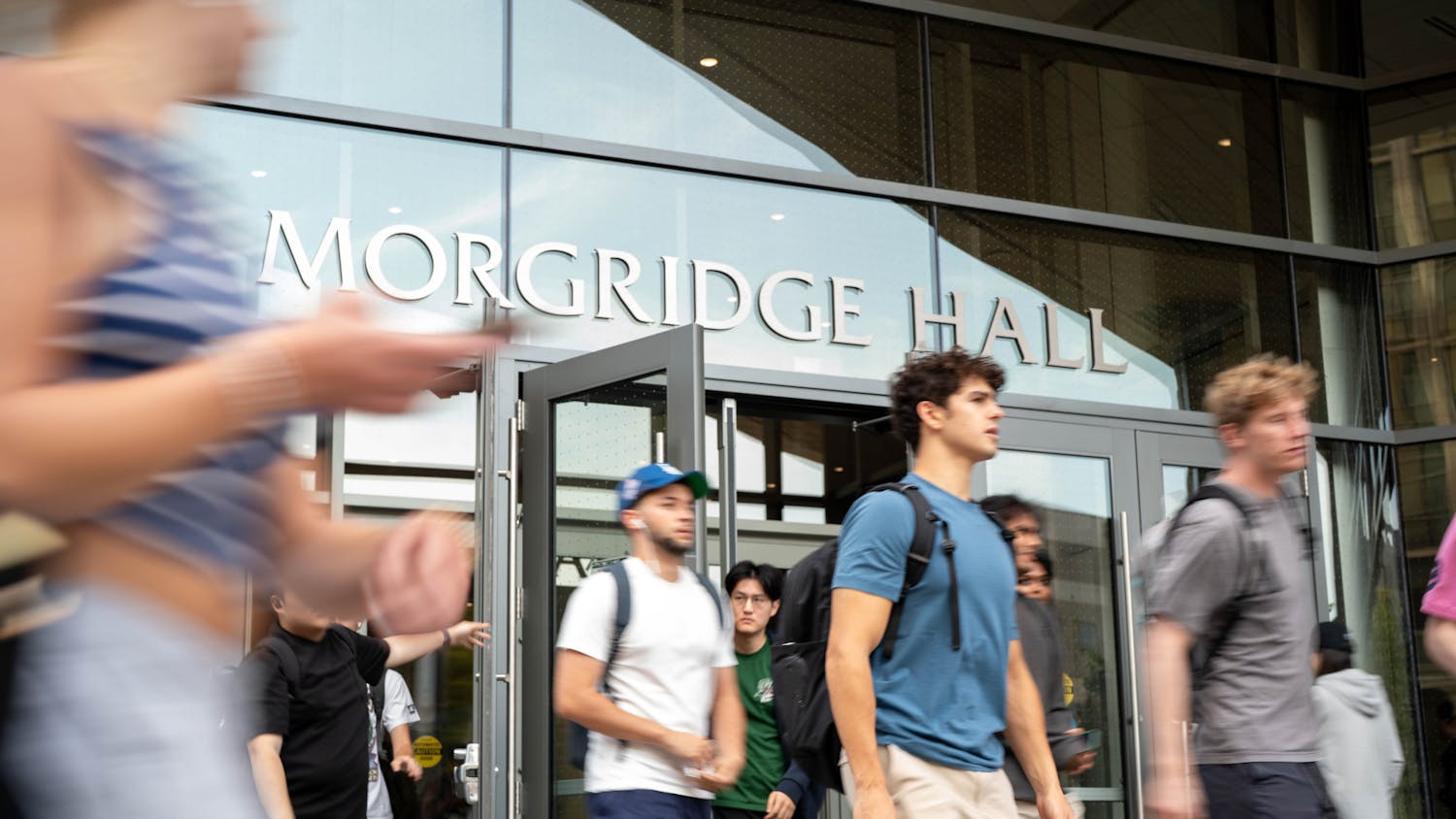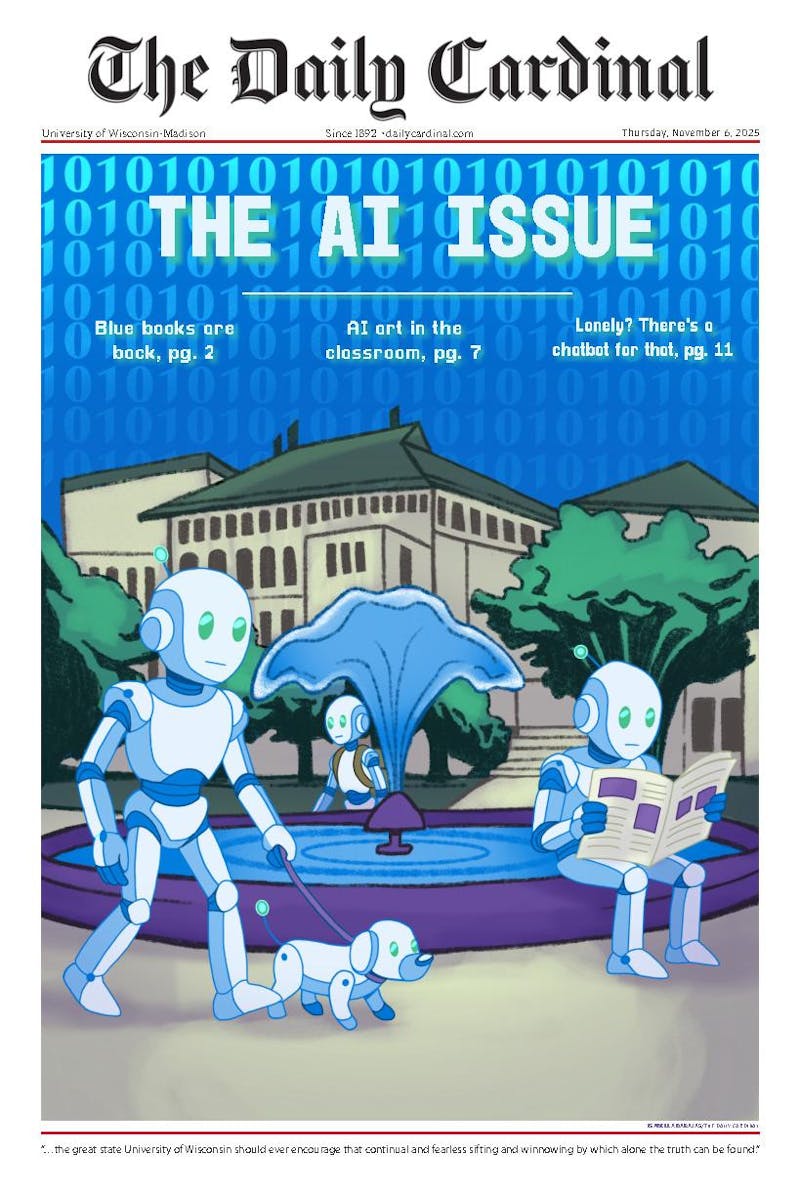The Urban Design Commission discussed its draft recommendations for the Downtown Plan, a broad vision for the architectural development of Madison over the next 25 years, Wednesday. The committee members focused on suggestions for the development of the Mifflin Street area.
The concept for Mifflin Street combines rehabilitating houses, moving houses and demolishing some existing structures in order to build new developments. Another new feature in the plan is an ""urban lane,"" a wide pedestrian-friendly corridor that would run between new apartment buildings on West Washington Avenue and West Mifflin Street.
Many of the committee members said the plans should uphold the character and historic quality of the Mifflin Street area. They recommended to Bill Fruhling, the principal planner for the Downtown Plan, the integrity of the houses along West Washington Avenue should be maintained, even if they are rehabilitated.
Ald. Mike Verveer, District 4, whose district covers Mifflin Street, said he strongly recommended the plan to try to preserve the student-oriented culture and older homes of Mifflin. Though luxury apartments are rapidly becoming a more popular housing option for students, not all students want or can afford this type of living, according to Verveer.
""By creating all of this high-rise housing, we have provided fewer and fewer options for students to live in traditional homes … There are very few houses adjacent to campus that are left,"" Verveer said.
Some city planners working on the Downtown Plan had a different vision for Mifflin, however.
""We now have a physical slum, in my opinion, and it's going to become a cultural slum,"" Gary Peterson, president of the American Planning Association's Wisconsin Chapter, said about the Mifflin area. ""To say we ought to preserve this slum of low-density housing for the sake of nostalgia … I think is just a real mistake.""
Peterson said the construction of high-rise apartments geared toward young professionals rather than students would revitalize the area and economically benefit the city.
Fruhling said he has a vision of the area as a space for rehabbed homes and offices and intends to incorporate the Urban Design Commission's suggestions when he revises the plans for future review.





